Union Civilian in the Civil War South A Unionist circle of women in Atlanta was led by Vermonter Cyrena Stone, who had moved there in 1854. Although the city was under military government, she and her pro-Union cohorts risked their lives to assist the escape of Union prisoners, to protect slaves, and to provide intelligence to General William Tecumseh Sherman‘s advancing army. Image: War Is Hell, by Mort Kunstler General William Tecumseh Sherman destroyed key military, rail and industrial sites with a blaze that gutted much of Atlanta. Early Years Cyrena Ann Bailey was born in 1830 in East Berkshire, Vermont, the fifth child of a Congregationalist minister Phinehas Bailey. Less than ten miles from the Canadian border and situated…
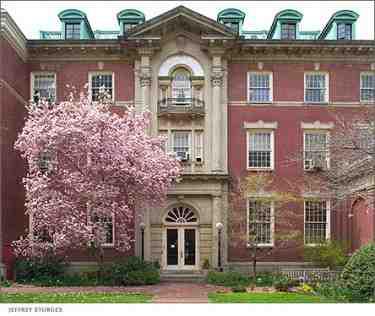
Underground Railroad in New York City
Slaves Seeking a Place to Live Free Image: Plymouth Church Brooklyn, New York Thousands of people escaped bondage on the path from slavery to freedom called the Underground Railroad (UGRR) that ran through New York City. Sometimes the ships in the harbor carried slaves who slipped ashore and filtered into the population of the largest city in the country. Several Brooklyn churches participated in the UGRR; Plymouth Church was called its Grand Central Depot. Plymouth Church The Plymouth Church of the Pilgrims was founded in 1847, and its first pastor was Congregationalist minister Henry Ward Beecher, brother of the author of Uncle Tom’s Cabin, Harriet Beecher Stowe. The Reverend Charles Ray, an African-American living in Manhattan and the founding editor…
Stonewall and Anna: A Love Story
Passionate Love, Civil War and Tragic Loss The letters exchanged between General Stonewall Jackson to his wife Anna tell the story of this remarkable couple. Even in the midst of the most difficult military campaigns of the Civil War, the general made time to write extensive letters of love and devotion to his bride. Theirs was one of the great love stories of the war. Image: A Ride With Anna by John Paul Strain Riding along the bridle paths of Winchester in the stillness of the twilight Like many officers’ wives, Mary Anna Jackson traveled to winter encampments to be with her husband. In February 1862, she was at Winchester, Virginia, where they were able to spend several weeks together…
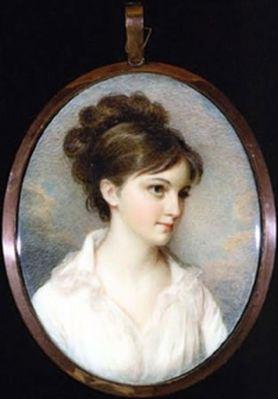
First Women in Business
Business Women in the Early United States Women have always struggled with the challenges presented by socially-determined gender roles, which have both created opportunities for women’s advancement and limited their growth as professionals. Image: Eliza Lucas Pinckney Eliza Lucas Pinckney Business: Agriculture Eliza Lucas (1722-1793) was born in Antigua, West Indies and grew up at one of her family’s sugarcane plantations on the island. Her parents, Lt. Colonel George Lucas and his wife Ann sent all their children to London to be educated. Eliza studied French and music, but her favorite subject was botany.
Mary Stafford Anthony
Educator and Suffragist Mary Stafford Anthony was the youngest sister of the famous social reformer and feminist Susan B. Anthony. Often overshadowed by her older sibling, Mary was a suffragist and educator who served as the first female school principal in western New York. She played an active role in several social reform organizations, including the New York Women’s Suffrage Association. Image: Mary Stafford Anthony At about 25 years of age Early Years Mary Stafford Anthony was born April 2, 1827 to Daniel and Lucy Read Anthony in Battenville, New York. Her parents had different religious beliefs; he was a liberal Quaker abolitionist. Although Lucy was a Baptist in her younger years, the Anthony children were raised as Quakers. Anthony…
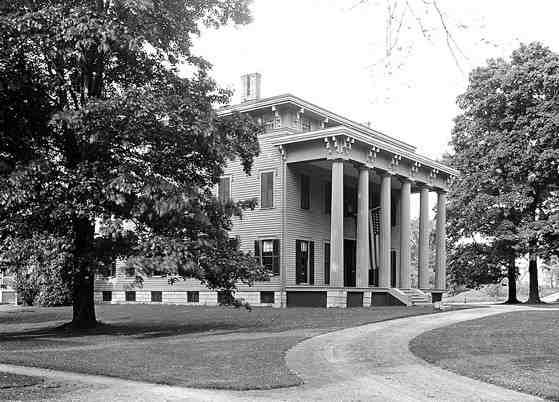
Ann Carroll Fitzhugh Smith
Abolitionist and Women’s Rights Activist Ann Carroll Fitzhugh Smith and her husband Gerrit Smith were wealthy activists and philanthropists who committed themselves to the movement to end slavery in 1835. They were prominent members of antislavery societies in New York State and on a national level. Image: Gerrit and Ann Fitzhugh Smith Mansion This house was a refuge for the many escaped slaves who received food and comfort on their journey to freedom on the Underground Railroad. Early Years Ann Carroll Fitzhugh was born January 11, 1805. Her father William Fitzhugh, a colonel in the Continental Army, built a home near Chewsville, Maryland which he called The Hive because of the many activities carried on by his twelve children and…
Civil War Hospitals in Washington DC
Caring for the Wounded in Our Nation’s Capital Federal General Hospitals The title of United States Army General Hospital applied to facilities where soldiers from any military unit, unlike Division or Corps Hospitals. Image: Harewood Hospital Washington DC From 1861 through 1865, General Hospitals treated more than one million soldiers with a mortality rate of only eight percent, the lowest ever recorded for military hospitals and better than many civilian facilities. Washington’s sixteen General Hospitals comprised nearly 30,000 beds. Harewood General Hospital In 1852 financier William Wilson Corcoran purchased 191 acres to use as a country estate east of the Seventh Street Turnpike and north of what is now McMillan Reservoir. In 1862 Harewood Hospital was built on Corcoran’s property…
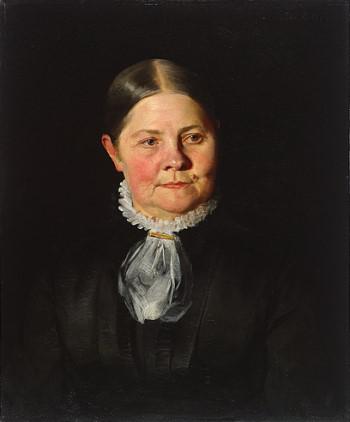
Lucy Stone
Pioneer Women’s Rights Activist Lucy Stone spoke out against slavery and for women’s rights at a time when it was not popular for women to speak in public, and she was the first woman to keep her maiden name after she was married. Her name is often overlooked in the history of the fight for women’s suffrage, but this trailblazer achieved several firsts for women, particularly in Massachusetts. The Woman Question In 1836, at age eighteen, Lucy Stone began noticing newspaper reports of a controversy that some referred to as the woman question. What was woman’s proper role in society? Abolitionist William Lloyd Garrison asked to women to circulate antislavery petitions and send the signatures to Congress. Many women responded,…
Mary Phinney
Civil War Nurse Also known as Mary Phinney von Olnhausen, Mary Phinney was the widow of a Prussian nobleman when she served as a Civil War nurse at the Mansion House Hospital in Alexandria, Virginia. Her journals, published as Adventures of an Army Nurse in Two Wars, give a glimpse into the life of a Union nurse. Early Years Mary Phinney was born February 3, 1818 in Lexington, Massachusetts to lawyer Elias Phinney and Catherine Barlett Phinney, the daughter of a doctor. Mary was well educated at several academies. Mary received an excellent education at the Lexington Academy and Smith’s Academy in Waltham, and she worked on the family farm. In 1849, Elias Phinney died and the family sold the…
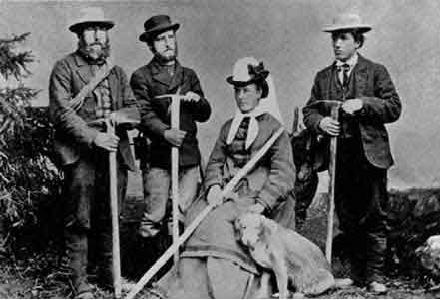
Meta Brevoort
First American Woman to Climb the Matterhorn Meta (Marguerite Claudia) Brevoort was born November 8, 1825 in New York. She spent her early years in a Paris convent school. She was an American mountain climber who waited until she was about 40 to become a mountaineer. With her nephew and and dog Tschingel, she was the first climber to ascend several peaks in the Dauphine Alps of southeastern France, an unexplored region at that time. She was one of a small band of women who blazed a trail in the Alps for climbers who came after her. Image: The Tschingel Company in 1874 Left to right: Christian Almer, Ulrich Almer, Meta Brevoort with the dog Tschingel and her nephew William…